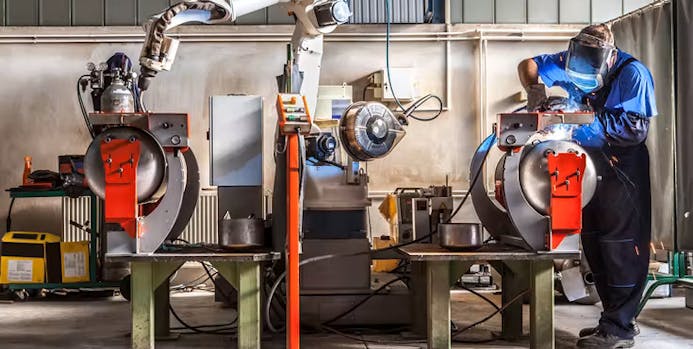Best regions for robots
2020-09-09
2 min read
Fantastic robots and where to find them
The Robots at Work study, published in the Review of Economics and Statistics, analysed the economic contributions of modern industrial robots. The findings suggest that robots increase productivity while lowering output prices. However, at present only a few economies are truly reaping the rewards of automation.
According to the 2018 World Robotics Report published by the International Federation of Robotics (IFR), five markets were responsible for 73 per cent of global robot sales in 2017; China, Japan, Republic of Korea, United States and Germany. So, why do these regions so greatly dominate the field of robotics?
Learning from the leaders
In 2017, China held 36 per cent of the global robotics market. This is in part thanks to Made in China 2025, an initiative to reboot its manufacturing sector. Made in China 2025 aims to upgrade the industry, but one of its main goals is focused on automated machine tools and robotics. You can tell it is a priority — China is responsible for a larger volume of sales than Europe and the Americas combined.

Another nation purchasing large quantities of robots is Japan, which has the oldest workforce in the world, twelve per cent of which are aged 65 or over. To cope with this, the nation is welcoming industrial development to reduce pressure on its workforce. The Robot Revolution Initiative was launched alongside a five-year plan to reinforce Japan’s ability in robotics and lead the way to a new, automated era.
Germany, the country behind the Industry 4.0 initiative, has the third-highest robot density in the world. It has since announced High Tech Strategy 2025, which focusses on cutting-edge innovations with a multi-billion-euro research program. The goal is to translate ideas into innovative products or services more quickly, to help drive economic prosperity and support quality of life.
Although the Robots at Work study found enhanced productivity after increased robot use in the workplace, there are still hurdles to overcome on the road to Industry 4.0. By looking to the leaders, other nations can learn how best to implement new and innovative technology.



